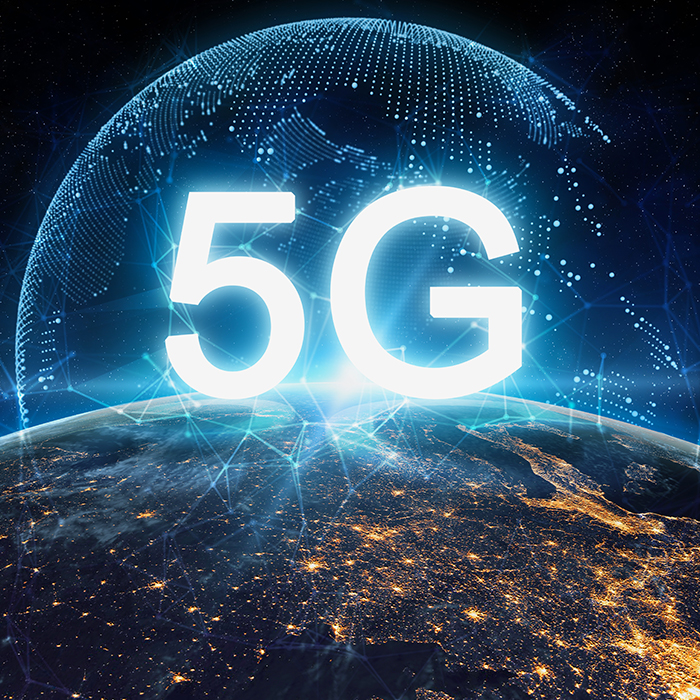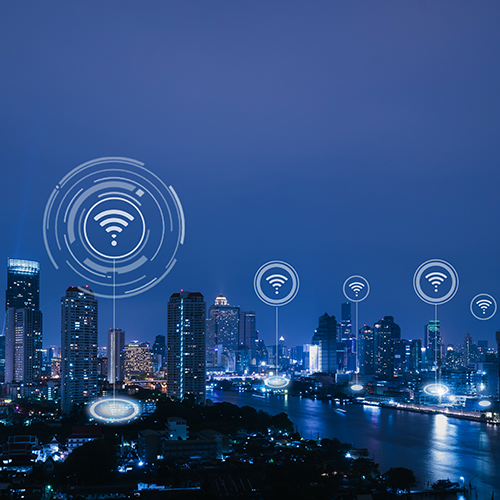An update from The Edge: how fibre will support distributed computing developments

The vast uptake of (5G-enabled) IoT devices will result in a huge growth in data. The number of devices is expected to triple between 2019 and 2025, reaching a total of 75 billion. According to a report from analyst firm IDC, the total amount of data is expected to grow from 40 zettabytes (40 trillion gigabytes) in 2019 to 175 zettabytes in 2022 – roughly the equivalent of 5.4 billion years of YouTube videos.
Edge data centres will help manage this. Processing and cloud functionality are shifted from a vast data centres to large number of smaller, distributed facilities. This places users closer to facilities, speeding up access, improving the user experience, and possibly reducing the cost of data transport, and helping reduce energy usage.
In fact, without robust edge computing, the potential of high-speed wireless networks may go unrealized. By bringing cloud capabilities closer to the end users, edge computing helps overcome intrinsic limitations of the cloud, security issues and high latency. Fixed networks are essential to edge, as well as to wireless networks.
It seems logical that CDN providers would be interested in edge computing. Networks claims its new Edge Computing Platform Service (ECP) leverages the company’s 1,500 global computing locations, supporting latency of less than 50 milliseconds and reducing customers' operating costs by up to 40%.
Increasingly, telco players are developing activities related to the edge. Telefónica, China Unicom, KT and Telstra have entered into an agreement to collaborate on developing multi-access edge computing (MEC) capabilities, to eventually allow different applications to run across "a federation of interconnected operators.”

Increasingly, telco players are developing activities related to the edge. Telefónica, China Unicom, KT and Telstra have entered into an agreement to collaborate on developing multi-access edge computing (MEC) capabilities, to eventually allow different applications to run across "a federation of interconnected operators.”
SK Telecom announced a Global MEC Task Force with Bridge Alliance member operators, including SingTel, Globe, Taiwan Mobile and PCCW Global, for cooperation in 5G mobile (now multi-access) edge computing.
At Google Cloud, a new Global Mobile Edge Cloud (GMEC) strategy is being developed. The aim is to work closely with telecom operators. A combined AT&T and Google Cloud platform will use Google's AI and analytics. Google has also entered into new edge computing partnerships with AT&T and Telecom Italia. Verizon and Vodafone are taking part in Amazon AWS' new edge computing initiative.
All of these initiatives underline the importance of the edge in bringing services and content closer to end-users and supporting 5G and IoT. A huge increase in data that needs to be processed in real-time will keep driving the need for edge computing, in turn enabling faster processing, lower latency and better customer experiences.









